Atelier Huang Fall 2021
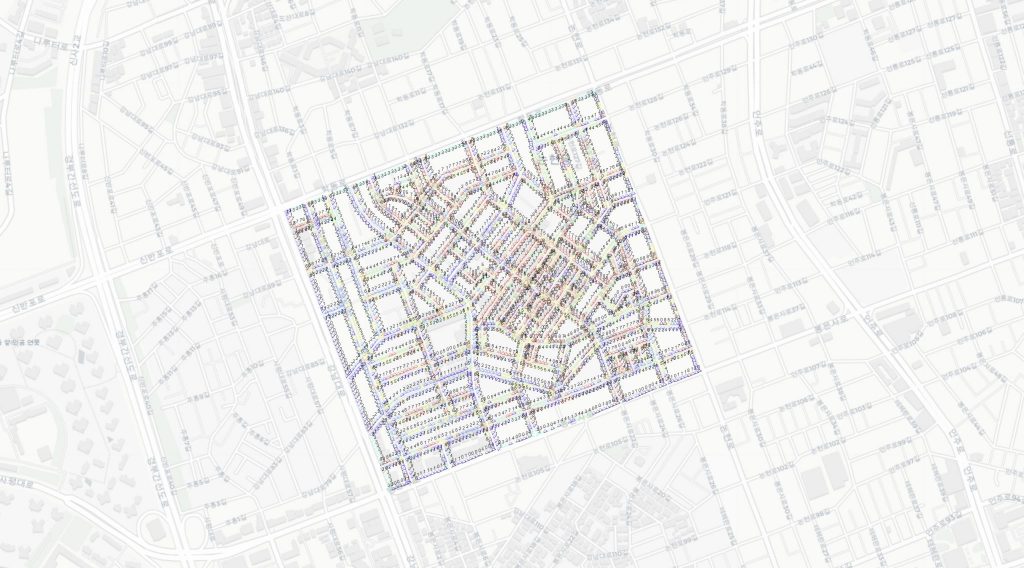
Gangnam District, the newest city center of Seoul, South Korea which has drawn attention internationally due to the worldwide K-Pop song “Gangnam Style” is the site and field of experimentation. With a grid network – superblocks with a division of smaller urban blocks of various scaled buildings – the urban organization of Gangnam District contrasts significantly from that of Gangbuk, the northern region of the Han river. Currently, multiple housing development projects are taking place throughout the district in response to surging demand.
In this studio, we critically examined Gangnam as a site and used AI to process images of Gangnam to capture, collect, learn, and archive the architectural DNA of the local identity of Gangnam that developed in a relatively short period since the 1970s. Through the exploration of Generative Adversarial Networks (GANs), which have been embraced more and more by progressive artists and the design community, patterns can be generated from a given visual corpus. GANs encode information in a mathematically defined high-dimensional landscape, the so-called “latent space.” Navigating this landscape enables machines to hallucinate and deeply dream of cultural artifacts beyond human imagination, potentially augmenting the conventional creative process, and establishing a new kind of collective intelligence, a symbiotic machine-human partnership in architectural design. In the Gangnam Living Block studio, Artificial Intelligence (AI) became a “telescope,” through which students rediscovered our built environment.
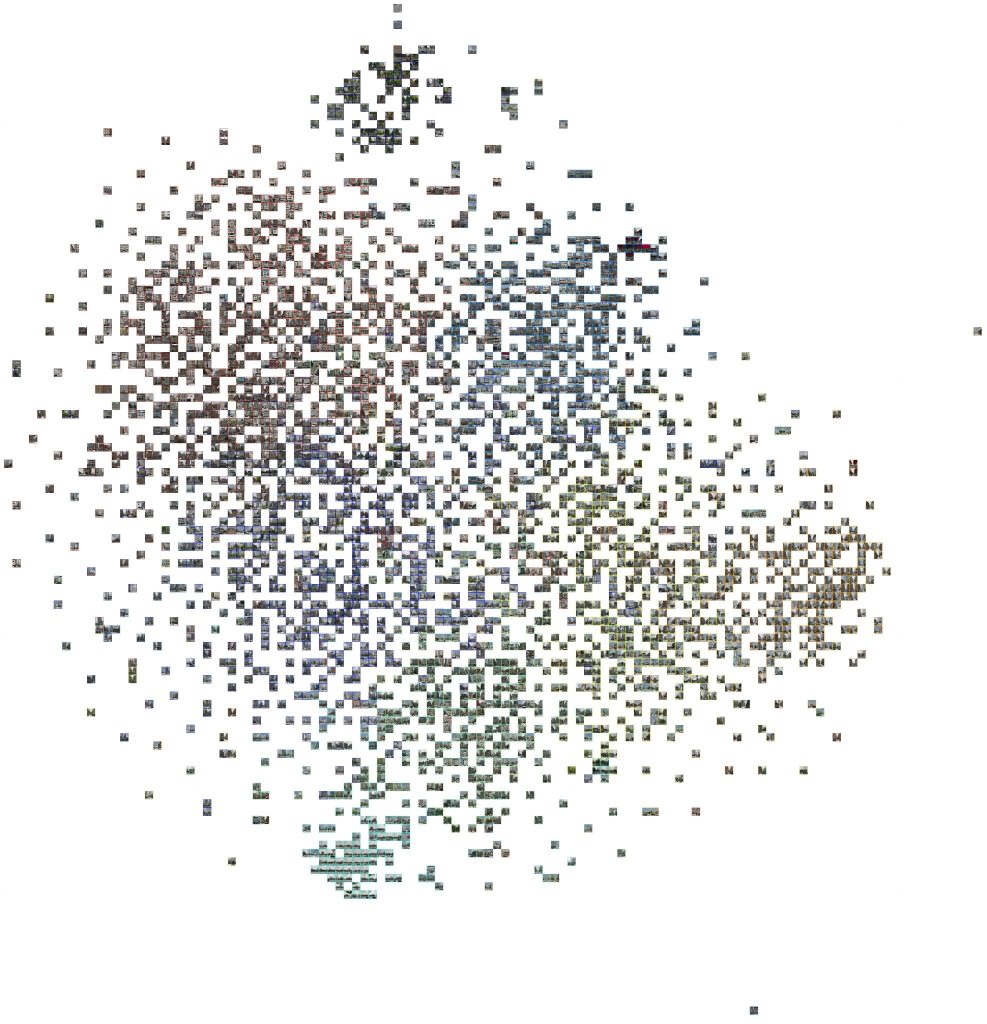
Further, with this studio, we questioned the role of AI and deep learning in architecture: Is creativity in architecture only exclusive to humans? Can machines automatically learn and generate meaningful architecture? Can they go beyond quantifiable data and optimization and enter the realm of architectural quality? Can machines capture and generate something as fragile and elusive as “genius loci”? What are the dangers and dark sides when we let the machines loose?
The restrictions imposed by the Covid19 crisis have exposed the limitations of cities with hyper-dense environments. Offices and workspaces have been left vacant and people forced to adopt new working methods, such as telecommuting and decentralized satellite offices. Reduced access to urban functions in dense environments has increased the need for easier access to green and open spaces. Thus, rethinking the spatial structure of cities is needed to improve the quality of life, resilience, and self-sufficiency of people in cities. The demand for residential spaces in Seoul has surged despite the population decline since 1990. Based on the observed demographic changes, the demand hit a record high in 2021. The single-person household increased as it accounts for the highest proportion of all households in Seoul at 33.3%. As the younger generation represents a large portion of single-person households, the demand for alternative housing has also skyrocketed. Thus, there is a need to reconsider existing housing typologies in response to the recent pandemic’s digitalization and changes in work life and lifestyle.
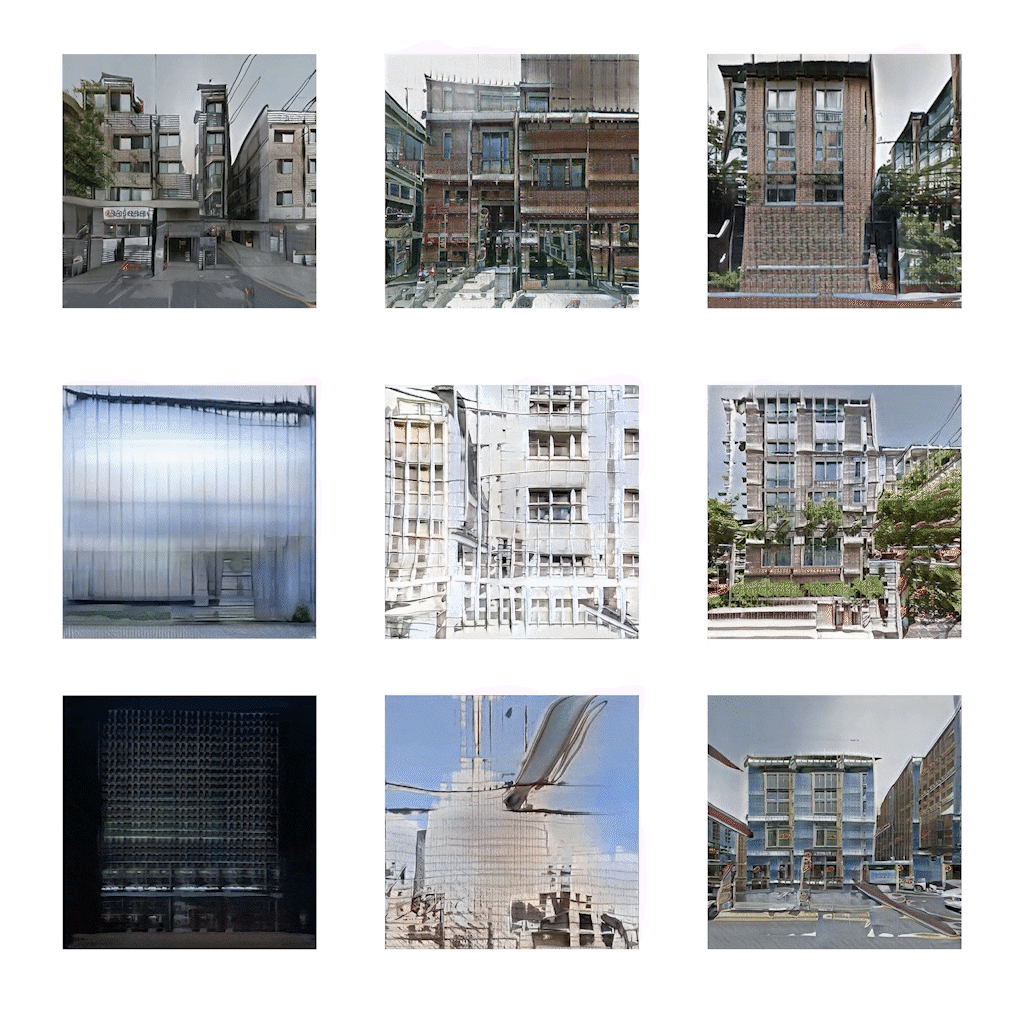
Seoul has also experienced rapid urbanization with a sharp growth of dynamic urban fabric through numerous urban development projects ranging from small townhouses to high-rise apartment complexes. As the city prioritizes securing a sufficient housing supply to meet the increase in demand, housing redevelopment projects are rapidly being carried out. The projects range from regenerating existing neighborhoods and buildings to complete redevelopment from a tabula rasa.
In this context, the design studio investigated the Gangnam neighborhood in Seoul and explored the idea of transforming urban blocks and buildings as a response to the rise of demand for homes and rapid change in social-cultural climates.
The first part of the semester consisted of learning “Seoulness” through curating data and manipulating a state-of-the-art GAN algorithm to form a liquid archive of Seoul architectural possibilities. With imagined densification strategies that connect the past and future Seoul neighborhood, this creative confrontation will result in a series of proposed Gangnam living urban block “proto-typologies”, presented as schematic, axonometric drawings.
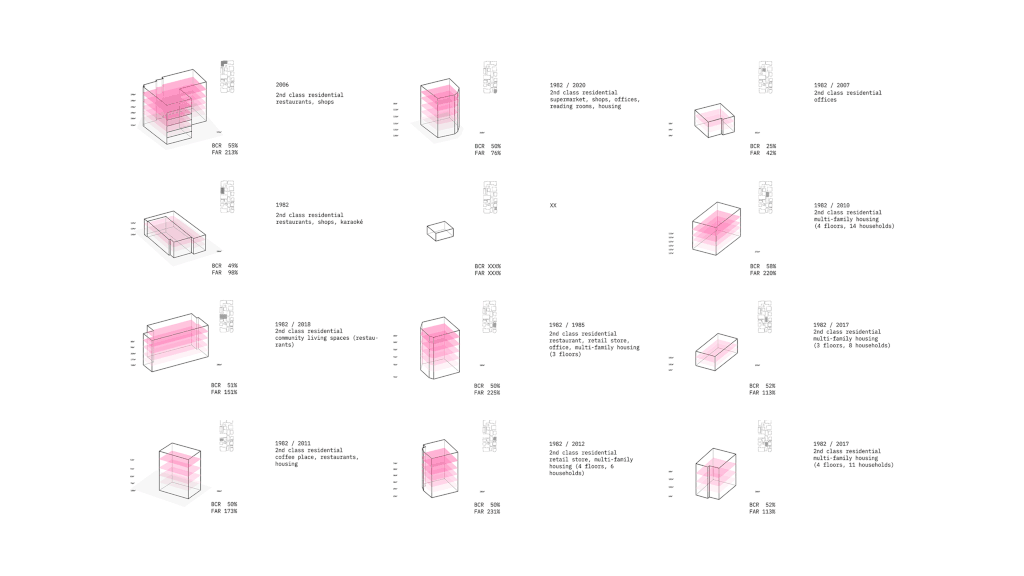
In the second part of the semester, we investigated neighborhoods in Gangnam and design “creative codes” for extending urban blocks, with the objective of not only densifying the existing urban block but also inventing new shared collective spaces that enhance the quality of Gangnam urban life through various properties such as architectural form, climatic performances, social and cultural spaces, and more.
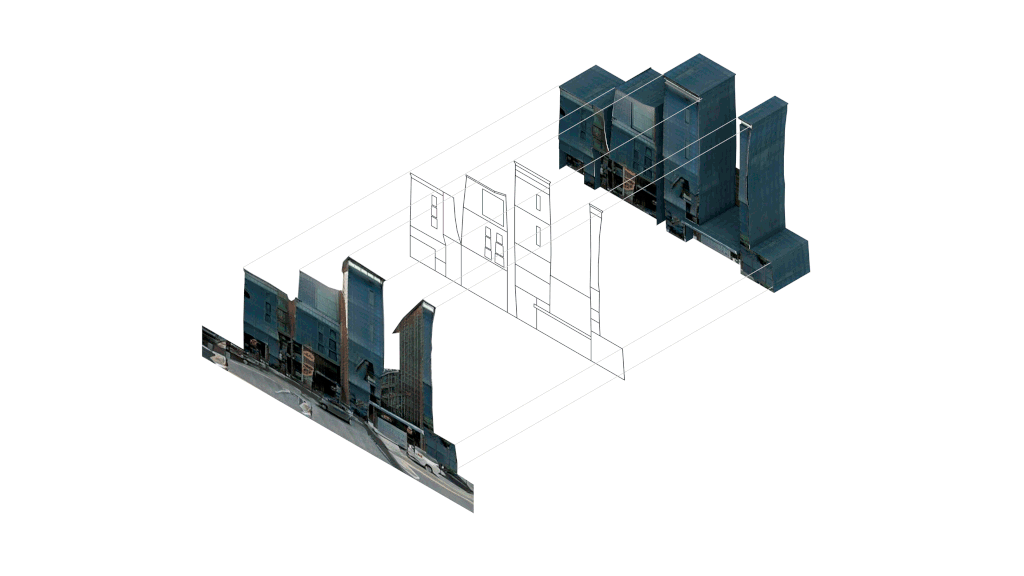
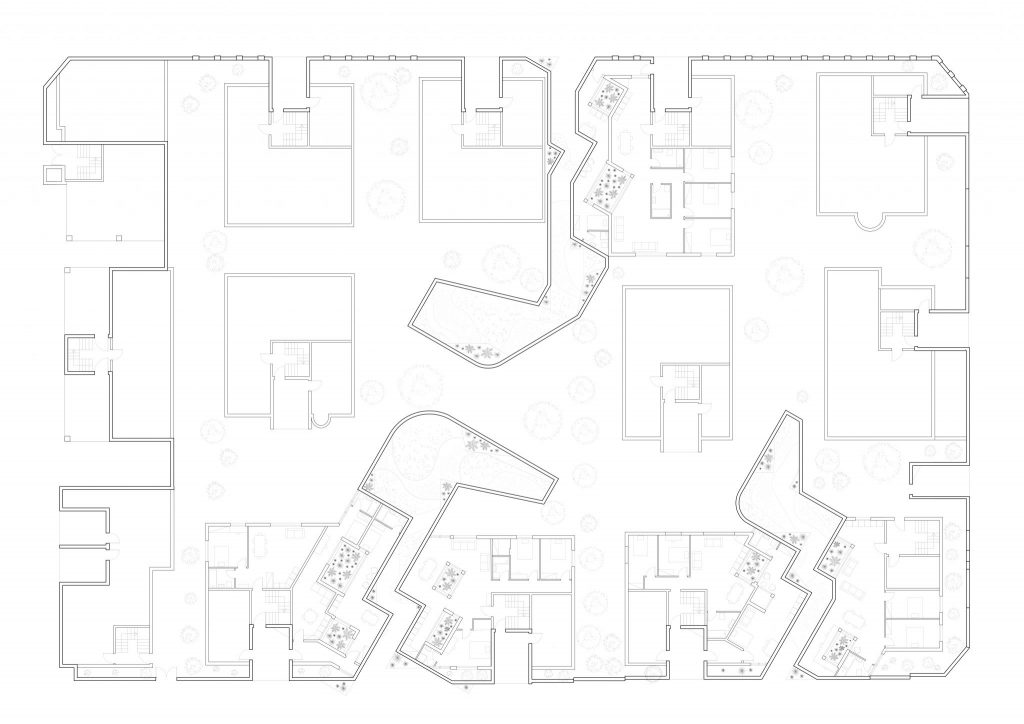
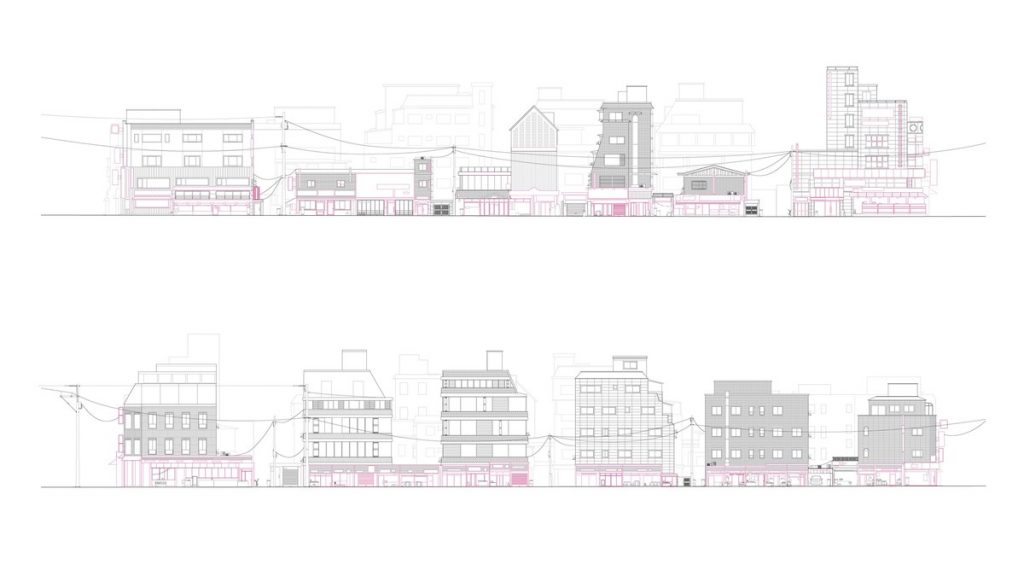
The studio culminated in a final proposal for a precise urban block extension that integrates and expands existing buildings in a specific location in Gangnam, offering strategic solutions for facilitating a collective living community, and deciding on what to keep, reuse, demolish, and extend. Gangnam Living Block is the third and final installation of our “artificial design” studio trilogy and was a collaboration with Prof. Jae Kim and Prof. Minjung Maing from Hanyang Unversity in Seoul.
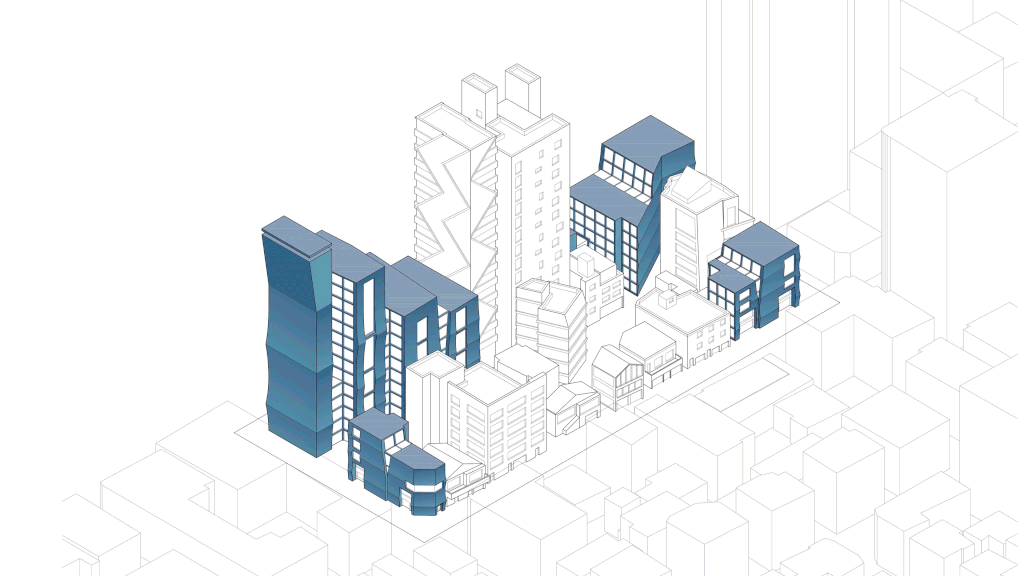
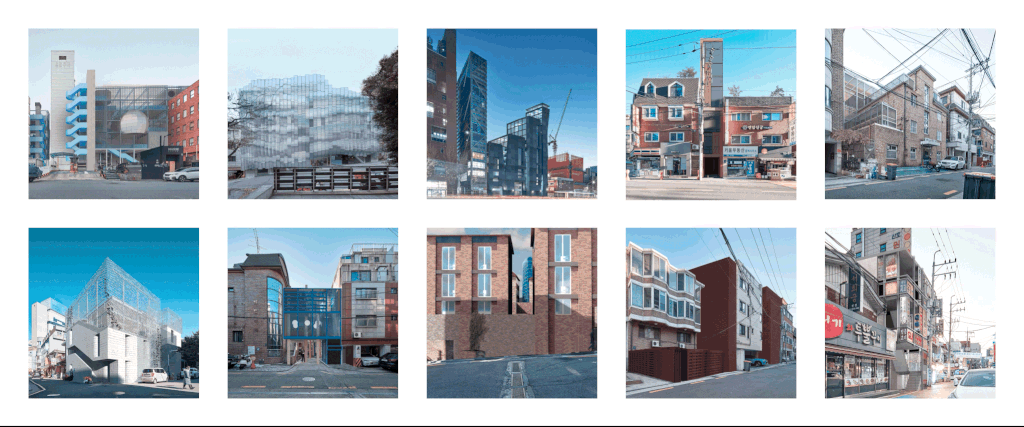
Students | Susie Keum, Duncan Fouchet, Rahaf Shabaan, Léna Villtelle, Blaciga Vuchkova, Flavia Mizel, Meron Yebrah, Samuel Barbey, Loïc Zeltner, Buitrago Francisco Téllez, San Yun, Katarzyna Stachnio, Nicolas Stanislas, Sabrina Travaglini, Amélie Mischler, Laureen Hu, Alexandre Vong, Virginie Grand, Stephen Bopeso, Konstantinos Dikaros, Jéremie Guyot, Vanessa Bailey, Sacha Toupance
Professor | Jeffrey Huang, Professor, Director, MxD Lab
Tutors | Christina Doumpioti, Christoph Holz, Mikhael Johanes, Frederick Kim, Gianna Morgane Ledermann, Alexandre Sadeghi
Process blog | https://studiogangnam.wordpress.com/